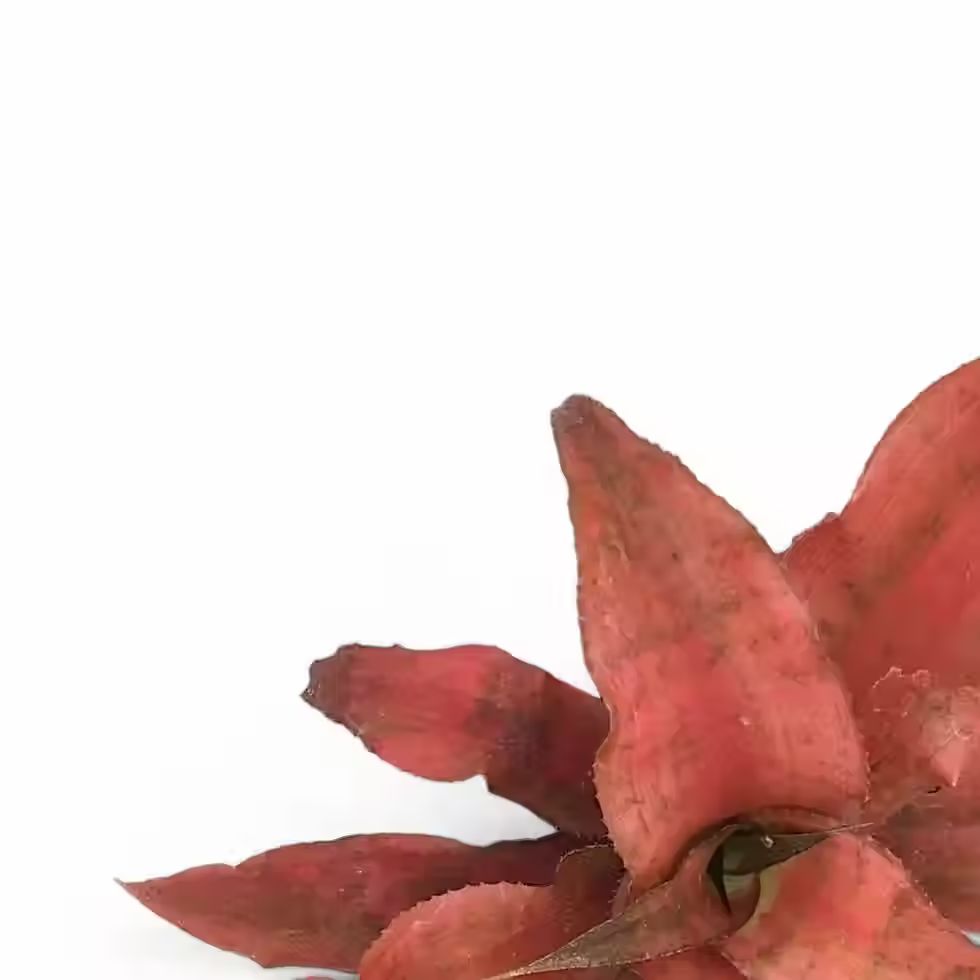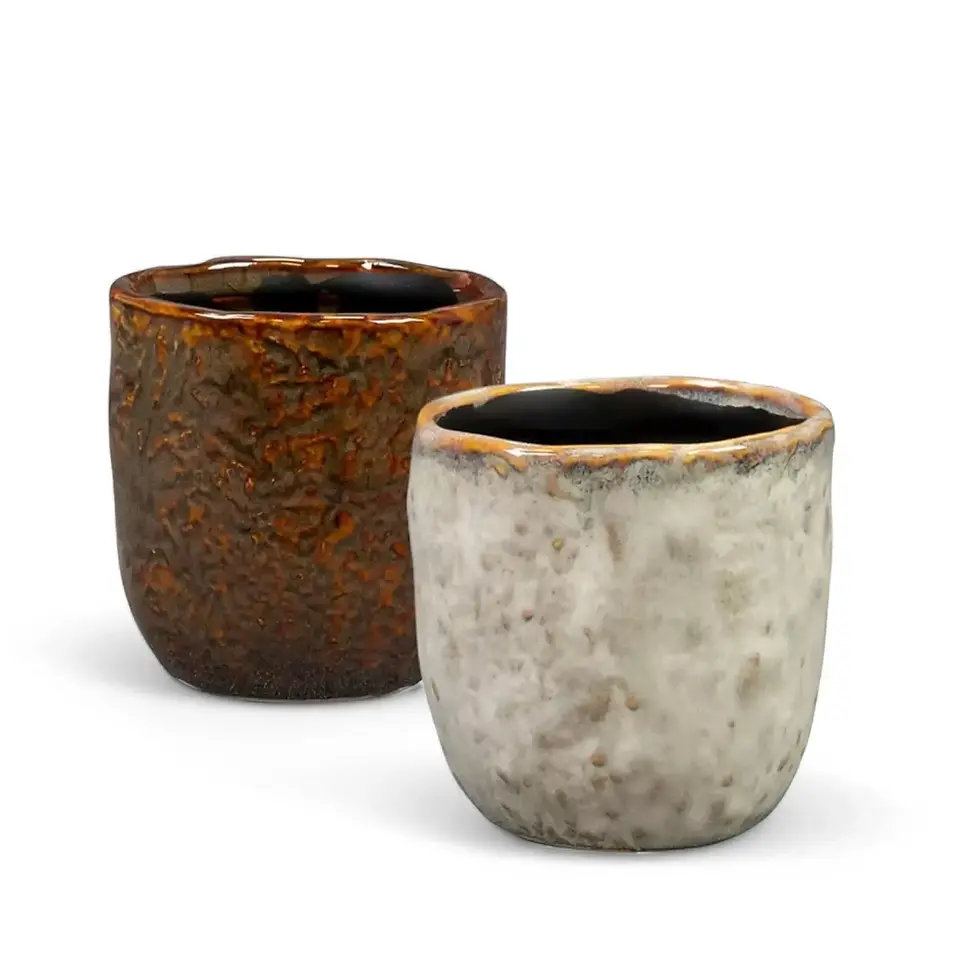Howea forsteriana - The Kentia Palm: Info, Care, Placement and Tips
About Howea forsteriana
The Howea forsteriana, more commonly known as the Kentia Palm, originates from the beautiful Lord Howe Island in Australia and has earned its place as one of the most beloved indoor houseplants worldwide. Graceful, easygoing, and highly adaptable, this tropical palm is the perfect choice for both homes and offices. Its feathery fronds sway gently, effortlessly adding tranquility and natural beauty to any space. With resilience and timeless elegance, the Kentia Palm is ideal for anyone seeking an attractive, low-maintenance indoor plant that’s sure to impress.
Kentia Palm Highlights
- A Timeless Favorite: The Kentia Palm has been adored since Victorian times, often found in grand homes adding an instant touch of sophistication.
- Graceful Fronds: Rich, dark green, arching fronds create a soft, airy look, adding a relaxing tropical vibe to any room.
- Pet-Friendly: The thornless stems make it a perfect, pet-friendly houseplant, safe for households with both kids and pets.
- Low-Light Friendly: Thrives even in low-light conditions, making it ideal for rooms where natural light is scarce.
- Growth Potential: The elegant leaves can grow up to 1 meter in length, and the palm itself can eventually reach up to 4 meters tall.
Kentia Palm Care Guide
→ Placement
- Choose a bright spot with indirect light, away from drafts and radiators.
→ Light Requirements
- Bright, indirect light is ideal, but tolerates lower light conditions.
→ Temperature and Humidity
- Thrives between 16-24°C. Avoid extreme temperature changes.
- Normal room humidity is sufficient, but higher humidity helps promote lush growth.
→ Watering
- Let the top layer of soil dry before watering.
- Avoid overwatering—this palm is drought-tolerant.
→ Hydroponics
- The Kentia Palm adapts well to hydroponic setups, reducing watering concerns.
→ Soil
- Use a well-draining potting mix with peat, perlite, and sand to prevent root rot.
→ Fertilizing
- Feed monthly with a balanced liquid houseplant fertilizer at half strength.
→ Repotting
- Repot every 3-4 years or when the roots outgrow the pot.
→ Leaf Cleaning and Pruning
- Wipe leaves with a damp cloth or microfiber dusting gloves for plants to remove dust and help photosynthesis.
- Remove yellow or dead fronds to keep the palm healthy.
→ Propagation
- Usually propagated by seed, but germination takes months, making mature plants highly sought-after.
Common Problems and Solutions
→ Yellow Leaves
- Caused by overwatering. Allow soil to dry between waterings.
→ Brown Leaf Tips
- Due to low humidity or underwatering. Mist occasionally or use a humidifier.
→ Pests
- May attract spider mites, mealybugs, or scale insects. Treat with insecticidal soap.
→ Root Rot
- Caused by overwatering. Use well-draining soil and avoid waterlogging.
→ Slow Growth
- Common in low light or cool temperatures. Provide bright, indirect light and warmth.
Extra Tips for Best Growth
- Patience: The Kentia Palm grows slowly, producing only a few new fronds each year.
- Avoid Drafts: Cold drafts can cause leaf loss, so keep in a stable environment.
- Hydrate Mindfully: Water with room-temperature water and allow the soil to dry slightly between waterings.
Origin of the Kentia Palm's Name
The name Howea honors its native Lord Howe Island, while 'forsteriana' pays tribute to Henry William Forster. The common name "Kentia Palm" comes from the island’s capital, Kentia.
Kentia Palm Care FAQ
→ How fast does the Kentia Palm grow?
It’s a slow grower, taking years to reach its full height.
→ Can I place the Kentia Palm in direct sunlight?
No, direct sunlight can scorch its fronds. Indirect light is best.
→ When should I repot?
Repot every 3-4 years or when roots outgrow the container.
Add the Elegance of the Kentia Palm to Your Space!
Bring a touch of timeless elegance to your home or office. Order your Howea forsteriana today and enjoy one of the most iconic, low-maintenance indoor houseplants.
Howea forsteriana
Howea forsteriana comes in following sizes:
S – is approximately 80 cm tall and comes in a ⌀ 17 cm pot.
M – is approximately 90 cm tall and comes in a ⌀ 19 cm pot.
L – is approximately 100 cm tall and comes in a ⌀ 21 cm pot.
XL – is approximately 150 cm tall and comes in a ⌀ 24 cm pot.
XXL – is approximately 170 cm tall and comes in a ⌀ 27 cm pot.

























































